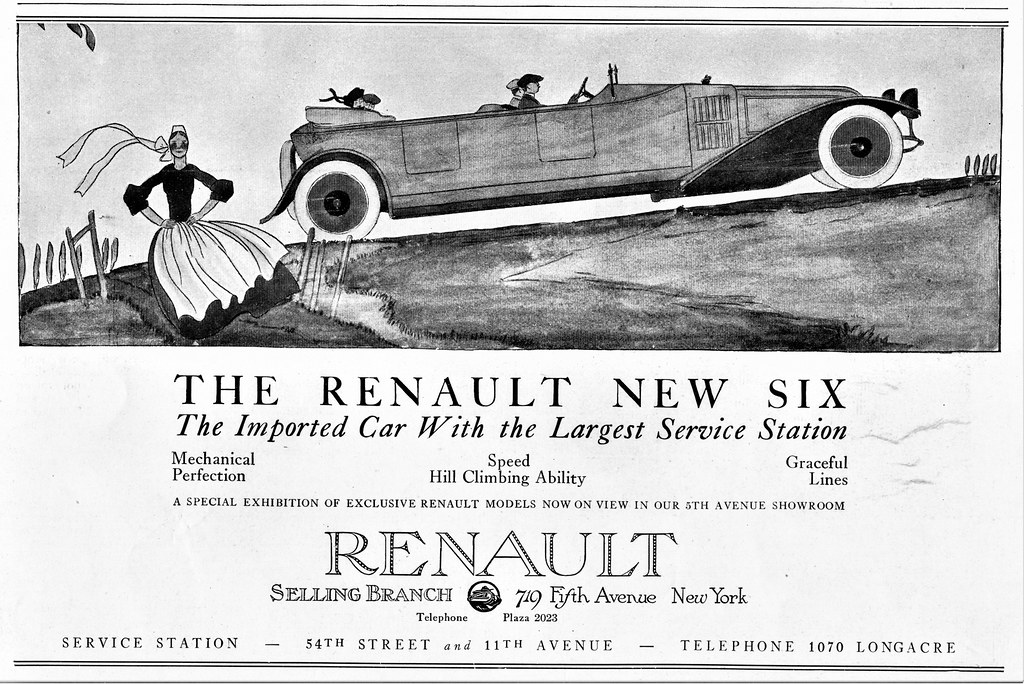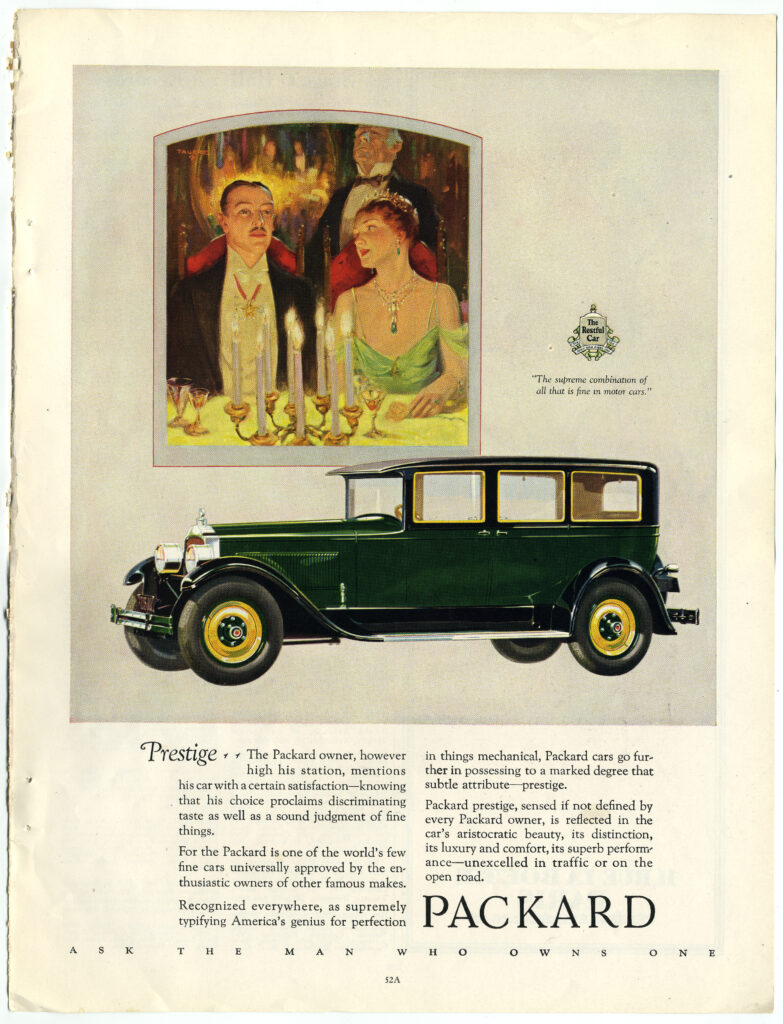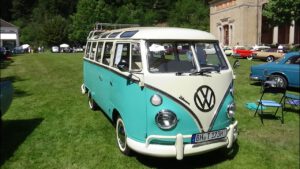
As we step back in time and gaze through the rearview mirror of automotive history, the 1920s hold a prominent position, often referred to as the Roaring Twenties. The Roaring Twenties were a period of economic prosperity in the USA and Europe. In France, the decade was known as “les années folles” (“crazy years”) and in Germany as “die goldenen Zwanziger” (“the golden twenties”). The era exhibited remarkable social, artistic and cultural dynamism. Let’s explore the iconic cars that defined this period.
Style, decadence… and cars!
A feeling of novelty associated with modernity and a break with tradition was conveyed through modern technologies such as automobiles. The Roaring Twenties witnessed the introduction of cars still considered today as the most beautifully designed. They symbolize a regained prosperity after a difficult period.
The two flagship models from European manufacturers are emblematic of this era: Isotta Fraschini’s Tipo 8 and Hispano-Suiza’s Type H6. These are two exceptionally large vehicles with enormous engine capacities. The Bugatti famous “Royale” got produced in 1926 in six units. The British Rolls-Royce brand reached its full potential in the 1920s producing cars that were “the most expensive, but also the best in the world.”
For people with money, the Roaring Twenties were a time of style and decadence. Traditional wealthy families found themselves in the minority compared to newly rich individuals, film stars, industrial magnates, and gangsters. Their glamorous, exciting lifestyle is reflected in their cars in Europe and the USA, with elaborate bodywork, shiny nickel or chrome decorations, and bright colours.
Car advertisements in the 1920s
Flawless Bugatti
The Bugatti Type 35 B was the symbol of France’s prowess in motorsport during the 1920s. It stood as the French counterpart to the legendary British Bentley. The Bugatti was the creation of an engineer hailing from an artistic family. Ettore Bugatti valued aesthetic perfection as much as technical flair, resulting in a car of extraordinary beauty in every detail. It was, in some respects, conservative but proved its worth on the racetrack. The sleek lines of the Bugatti were flawless.
1924 Bugatti Type 35
1924 Bugatti Typ 23 Brescia
1927 Bugatti 35 C
1927 – 1930 Bugatti T 44 Cabrio
1929 Bugatti Type 44
Legendary Hispano-Suiza
The Spanish company Hispano-Suiza manufactured some of the finest cars of the 1920s at its French branch. The models designed by Swiss engineer Marc Birkigt were equipped with the first power-assisted brakes.
1920 Hispano-Suiza H6
1922 Hispano-Suiza H6
1924 Hispano-Suiza H6B Torpedo
1925 Hispano-Suiza H6C
1925 Hispano-Suiza H6B
1926 Hispano-Suiza Boulogne H6
Luxurious Rolls-Royce Phantom I
The distinguished Rolls-Royce Phantom I lived up to its reputation as the finest car in the world. Often adorned with a luxurious limousine body, it consistently embodied elegance and excellence in the realm of automotive craftsmanship.
1927 Rolls-Royce Phantom I Sedanca
1927 Rolls-Royce Phantom I
1927 Rolls-Royce Phantom I
1929 Rolls-Royce Phantom I Springfield
The “Twenty” Rolls-Royce 20 HP
Compared to its more powerful and larger counterparts, the 20 HP Rolls-Royce was underpowered, a response to the frugal post-war era. Despite its limitations, it sold well.
1924 Rolls-Royce 20 HP
Attractive Stutz
In addition to the highly successful Bearcat sports cars, Stutz also produced attractive touring cars featuring the same engines. In 1921, these vehicles were equipped with detachable cylinder heads.
1920 Stutz Bearcat
1925 Stutz 8
Opulent Packard
As one of the leading U.S. luxury brands of the 1920s, Packard manufactured opulent models characterized by remarkably long chassis.
1928 Packard 533 Phaeton
1929 Packard 645 Phaeton
1929 Packard 645 Deluxe 8 Sport Phaeton
1921 Packard Single Six
1929 Packard 640 Series Custom Eight Coupé
Progressive Lancia
The sporty Lancia Lambda, reaching speeds of 112 kilometers per hour, embodied the splendor and boldness of its time with its advanced design. Featuring a self-supporting body, a V4 engine with overhead camshaft, and front independent suspension, the long Lambda, with its low center of gravity, stood out as one of the most progressive cars of its era.
1924 Lancia Lambda
1928 Lancia Lambda Serie 8 224 Torpedo
1929 Lancia Lambda Spider
Performant Bentley
Derived from the 1924 Standard Six, this two-time Le Mans winner was the most successful racing car. Designed by W.O. Bentley, it not only achieved effortless performance on the racetrack but also proved to be a sensational road vehicle.
1928 Bentley 6.5 Speed Six Le Mans
1924 Bentley 3L SP Red Label
Outstanding Chevrolet
With the 1925 Chevrolet Superior Coupe, William Durant aimed to outshine the Ford Model T. Although it couldn’t match the price, this excellent car significantly boosted Chevrolet’s sales by 70%.
1923 Chevrolet Superior Model B
1923 Chevrolet Superior Model B
1924 Chevrolet Serie F
1927 Chevrolet Capitol AA
1929 Chevrolet International Coach
1929 Chevrolet International A Convertible
Popular Ford Model A
The Ford Model A was designed for the mass motorization of the middle class but also popularized the style of a gangster car. It featured bold colours.
1928 Ford Model A Roadster
1929 Ford Model A Roadster
1929 Ford Model A Roadster
Improved Ford Model T
In 1923, Ford commenced improvements to the Model T in response to competition from Chevrolet. New design features included a sloping windshield and detachable wheels.
1923 Ford Model T Speedster
1924 – Ford Model T ForDor Sedan
1924 Ford Model T
1925 Ford Model T
1926 Ford Model T Speedster
1926 Ford Model T Runabout
1927 Ford Model T
Cadillac
In 1926, Cadillac, the American luxury car manufacturer, responded to its customers’ demand for more power and sophistication by developing an entirely new type of multi-cylinder engines. The result, the exceptional V-16, aimed to surpass the V-12 of its main competitor, Packard.
















